Description
Browse our library for other shades of blue wallpaper. We have a variety of blue wallpapers including plain blue.
It would be nice if you visited us as it is not all the blue wallpapers we have in soft copy.
 It is noteworthy that we also have custom designs and size wallpaper.
It is noteworthy that we also have custom designs and size wallpaper.
That means you can achieve whatever shade of blue wallpaper you want.

Blue is not a color you see all that frequently in homes.

Because it is not as easy to work with as earth colors brown or beige.
But textured blue wallpaper can be striking when set off by metallic s, crisp whites, or even a deep red.
Blue is a cool color by nature. And it works well with pretty much any other cool tone: grey, purple, and even black.
Using color combinations like these will give your room a sense of stability and calm.
For higher contrast use a warm accent color, like red or yellow.

In color, psychology blue represents the expansive sky as well as the sea.
And is associated with open spaces, freedom, intuition, imagination, inspiration, and sensitivity.
Therefore a blue wallpaper in your room will represent meanings of depth, trust, loyalty, sincerity, wisdom, confidence, stability, faith, heaven, and intelligence.
And it has positive effects on the mind and the body.
Because it invokes rest and causes the body to produce chemicals that are calming and exude feelings of tranquility.
Blue interior wall decoration will help to slow human metabolism, is cooling in nature, and helps with balance and self-expression.
Blue for boys’ rooms and pink for girls?




Do you ever wonder why blue wallpaper for boys’ rooms and pink for girls?
Well, color preferences can be influenced by cultural norms. In most western cultures where like ours, pink ours considered an acceptable color for a newborn girl, and blue for a boy.
Therefore children from the cradle get used to the abundance of these colors in their own clothes and even in surrounding objects.
As a result, it is difficult to understand whether the craving for one color or another, which manifests itself in later life, is innate.

One-year-old boys and girls were shown pairs of identical items, one pink and the other a different color. The children chose the pink object no more than any other.
In the group of children aged two years and older, girls more often preferred pink. And in the group of four-year-old’s, boys clearly rejected pink. This is exactly the age at which pre-preschoolers begin to realize their gender.
And distinguish it in those around them and look closely at which signs define boys and which define girls.
It turns out that even young children show preferences that are characteristic of the group to which they belong – just like adults.
You can, of course, objected that the presence of a particular color in the environment of children in the early stages of development does not really matter.
But in reality this factor can even affect how adults relate to them, children.
Modern blue wallpaper designs
navy and gold

blue and silver

grey and blue

blue peel and stick
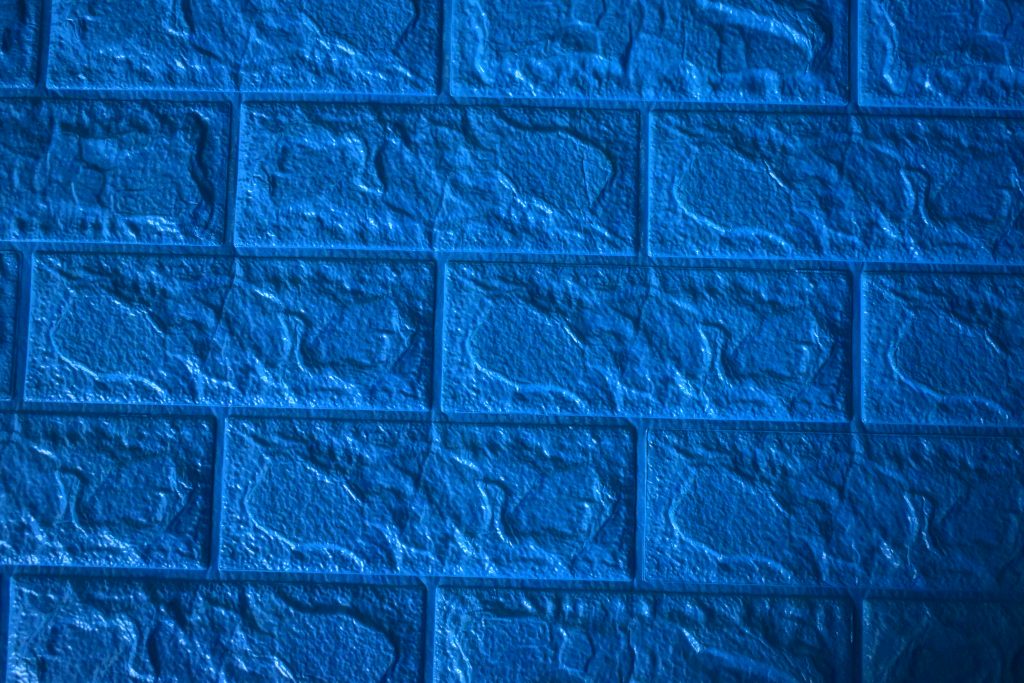
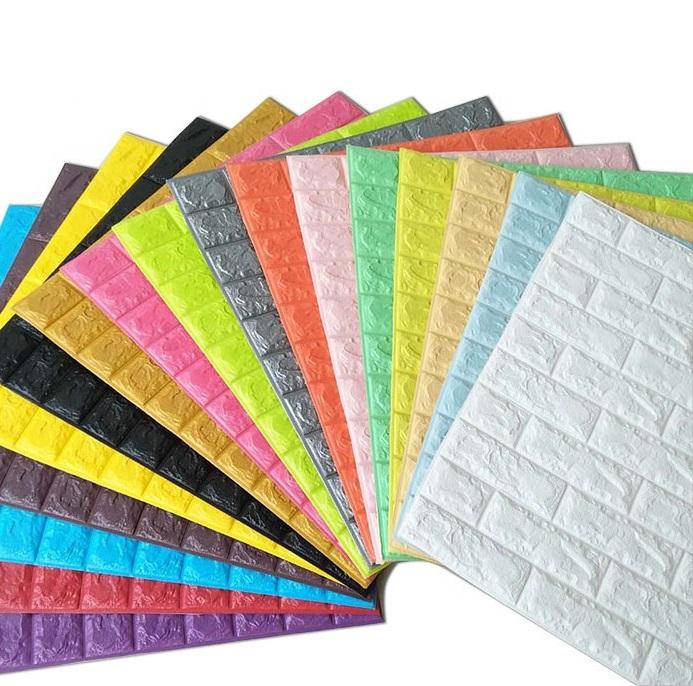
brick wallpaper
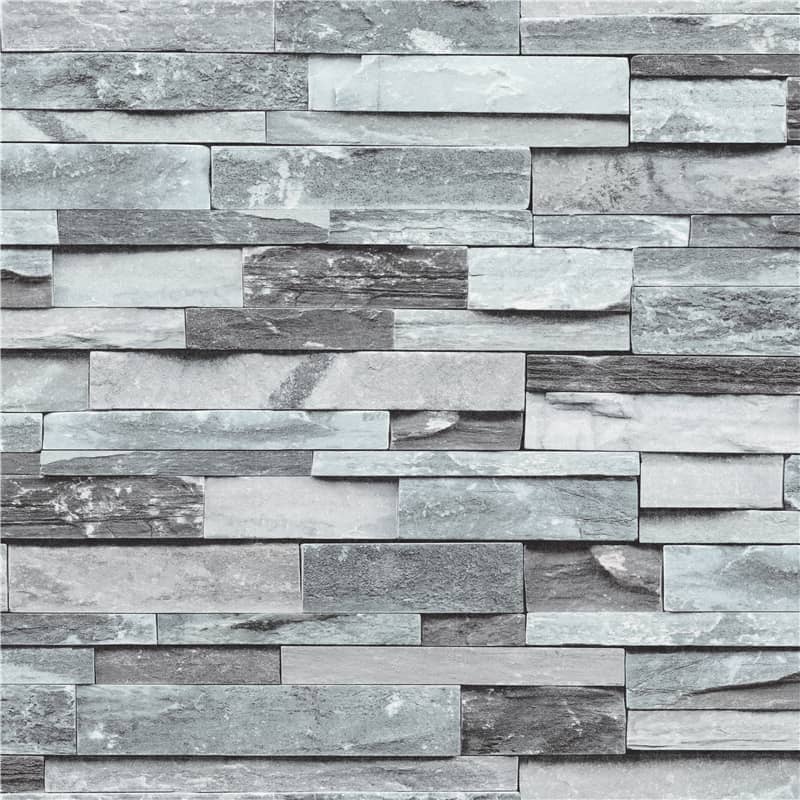
navy blue floral

wallpaper for the bedroom

herringbone wallpaper
white and navy wallpaper
teal wallpaper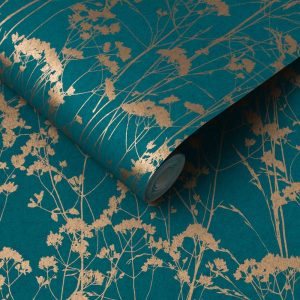
sky wallpaper
light blue
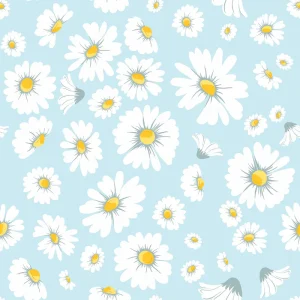 wood wallpaper
wood wallpaper
navy and cream wallpaper
modern blue wallpaper

navy and yellow wallpaper

turquoise and grey wallpaper




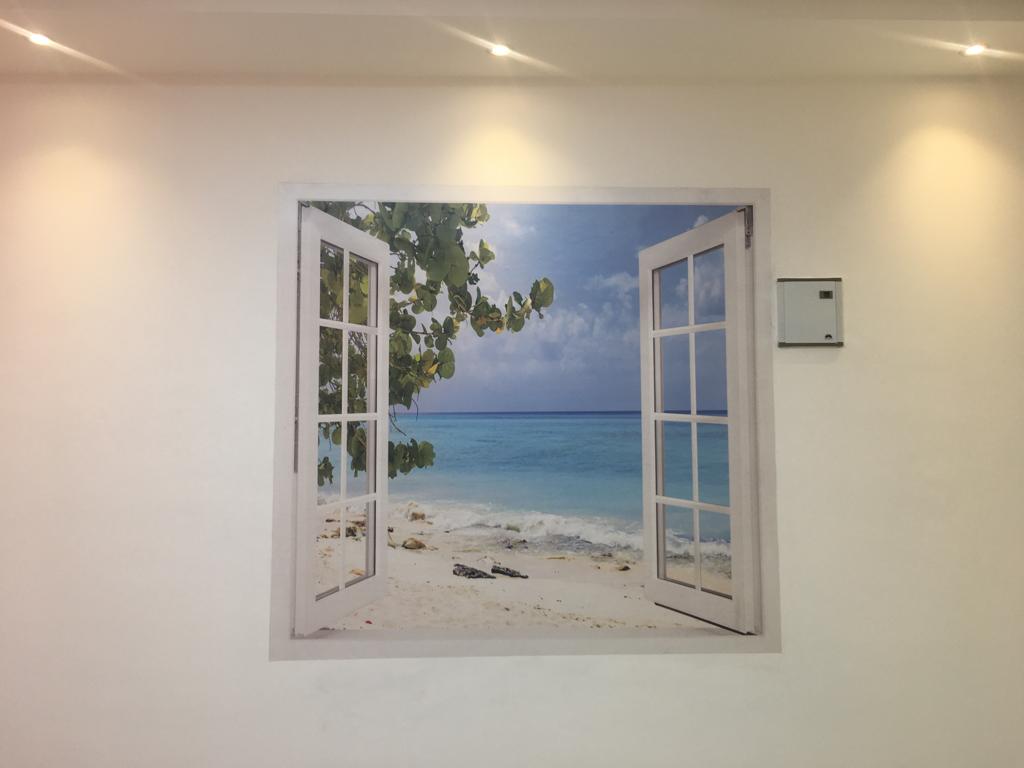
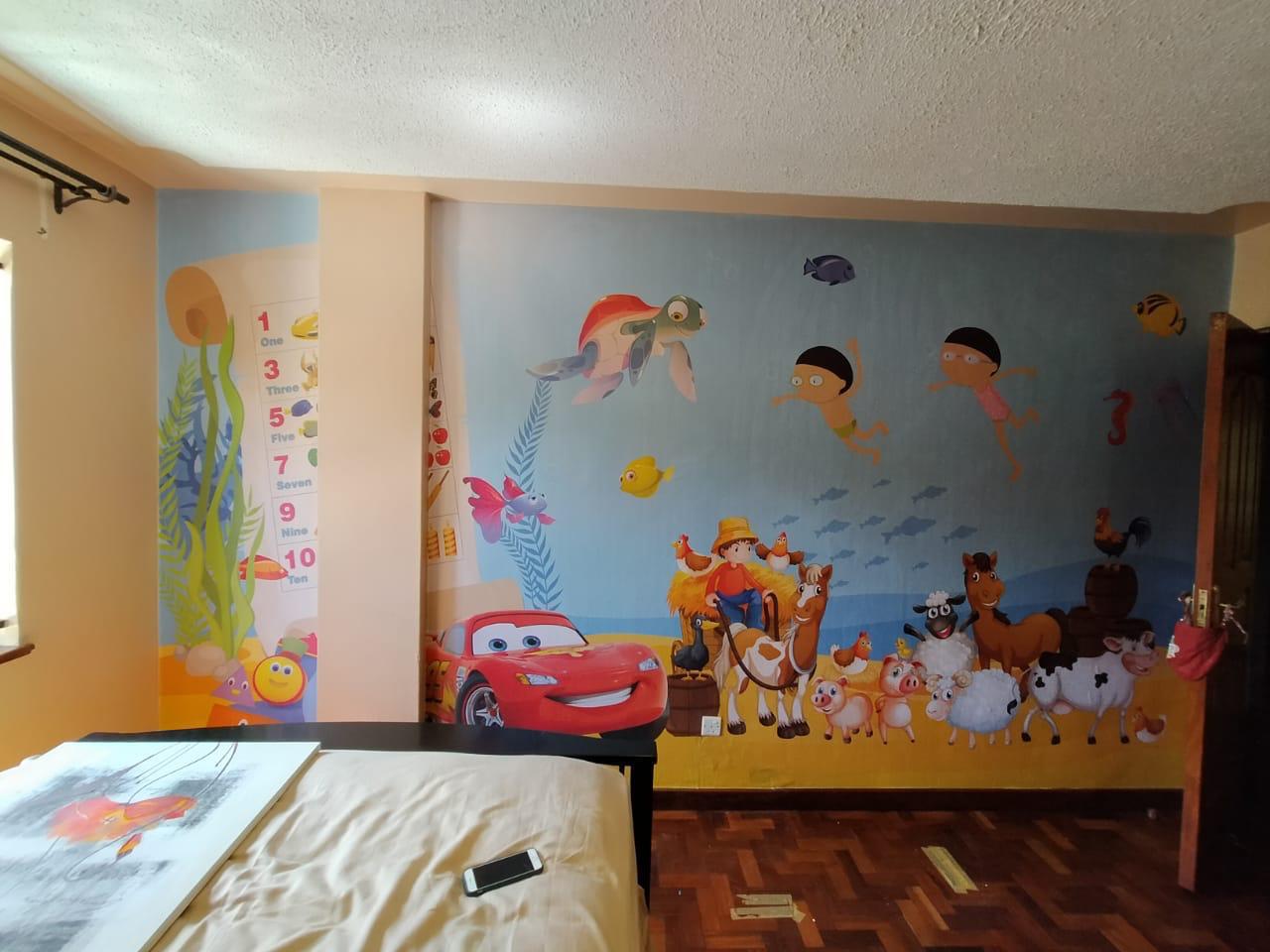
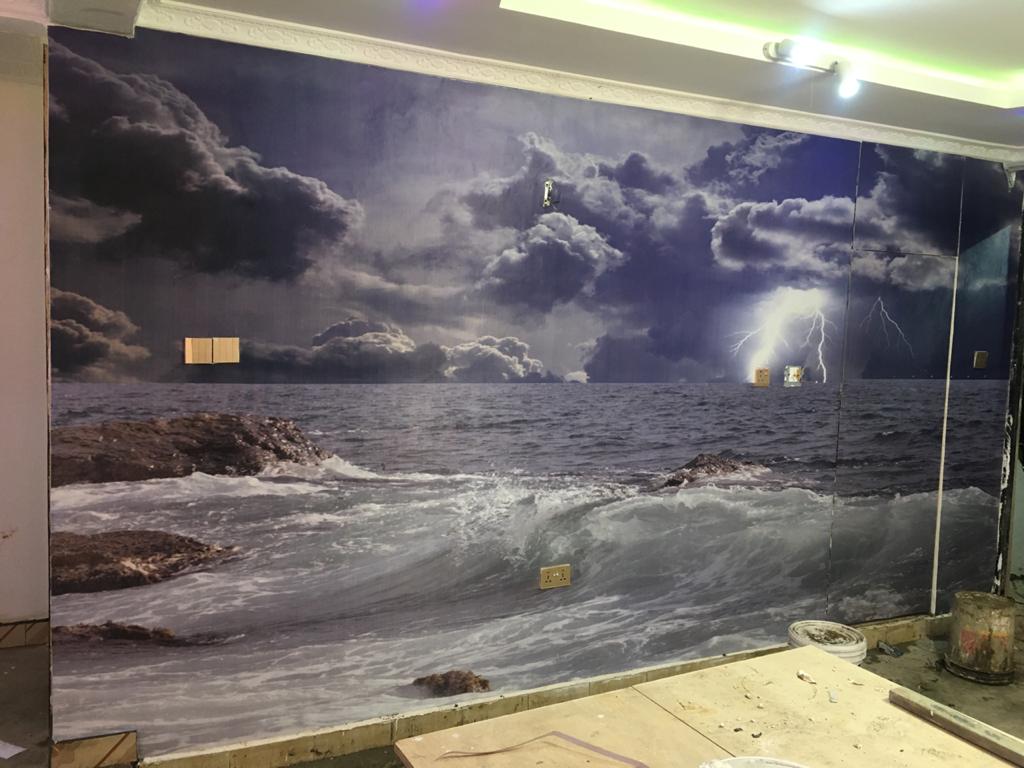
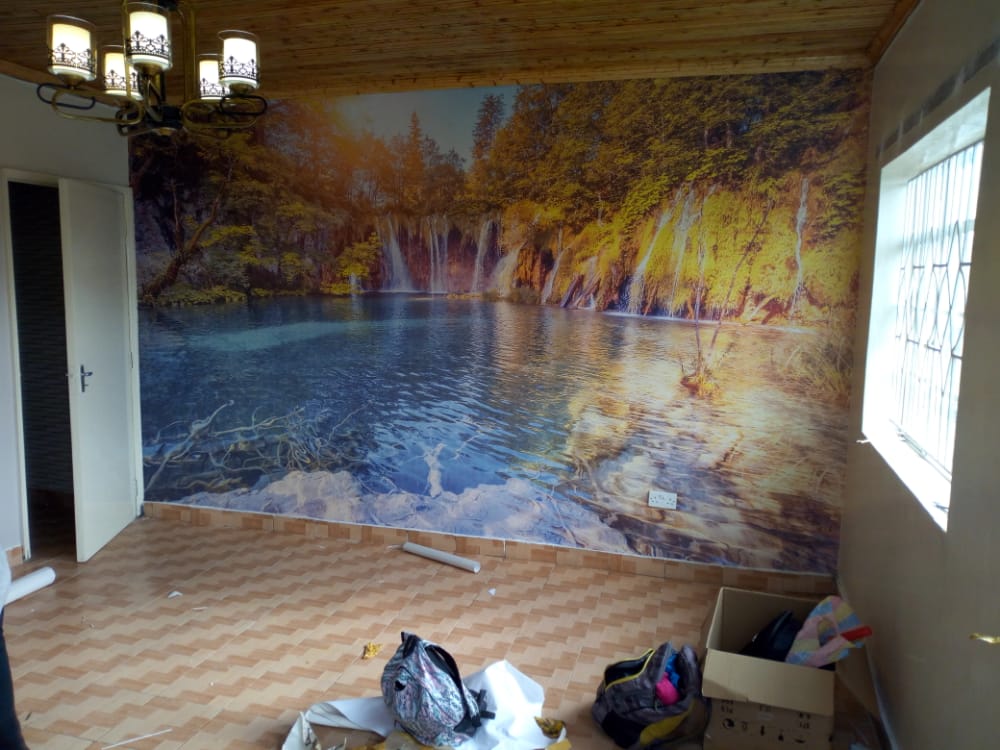
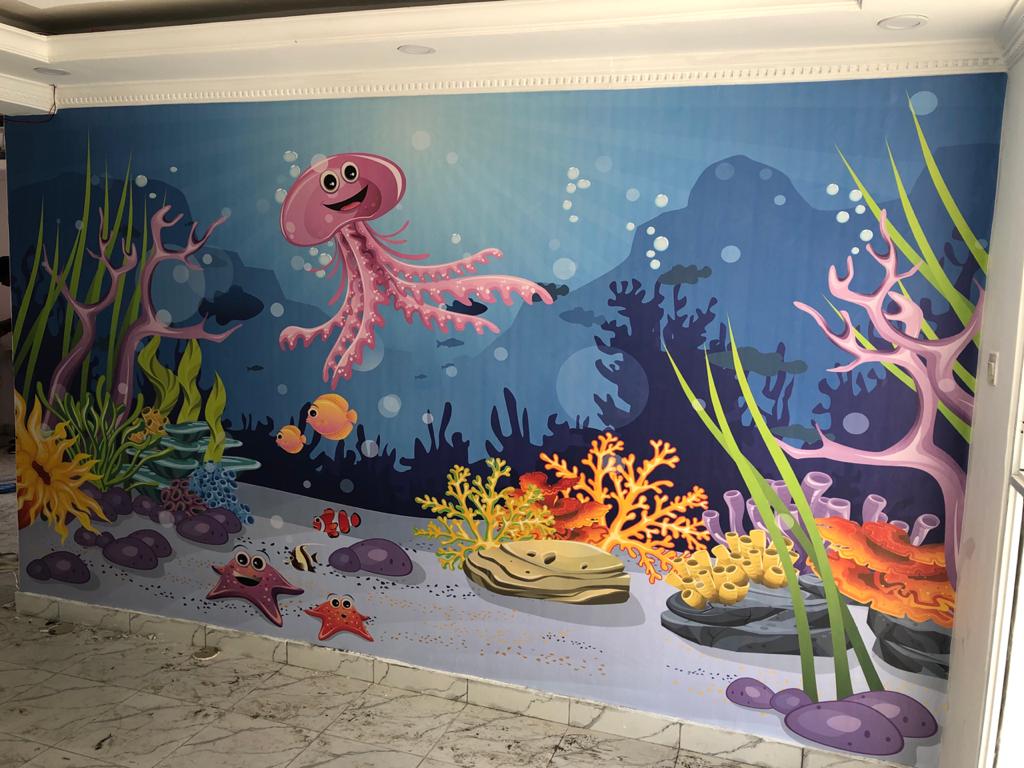
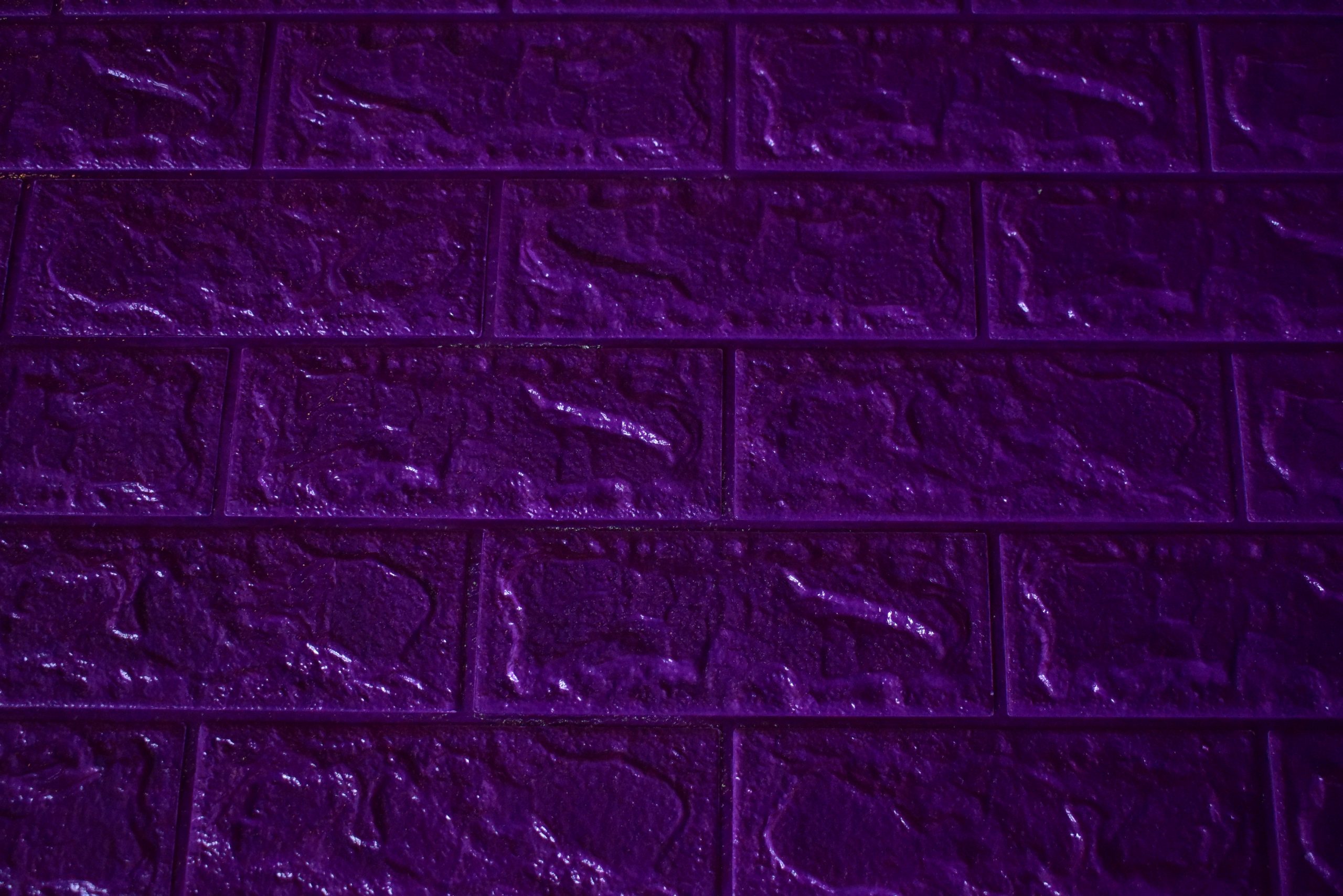
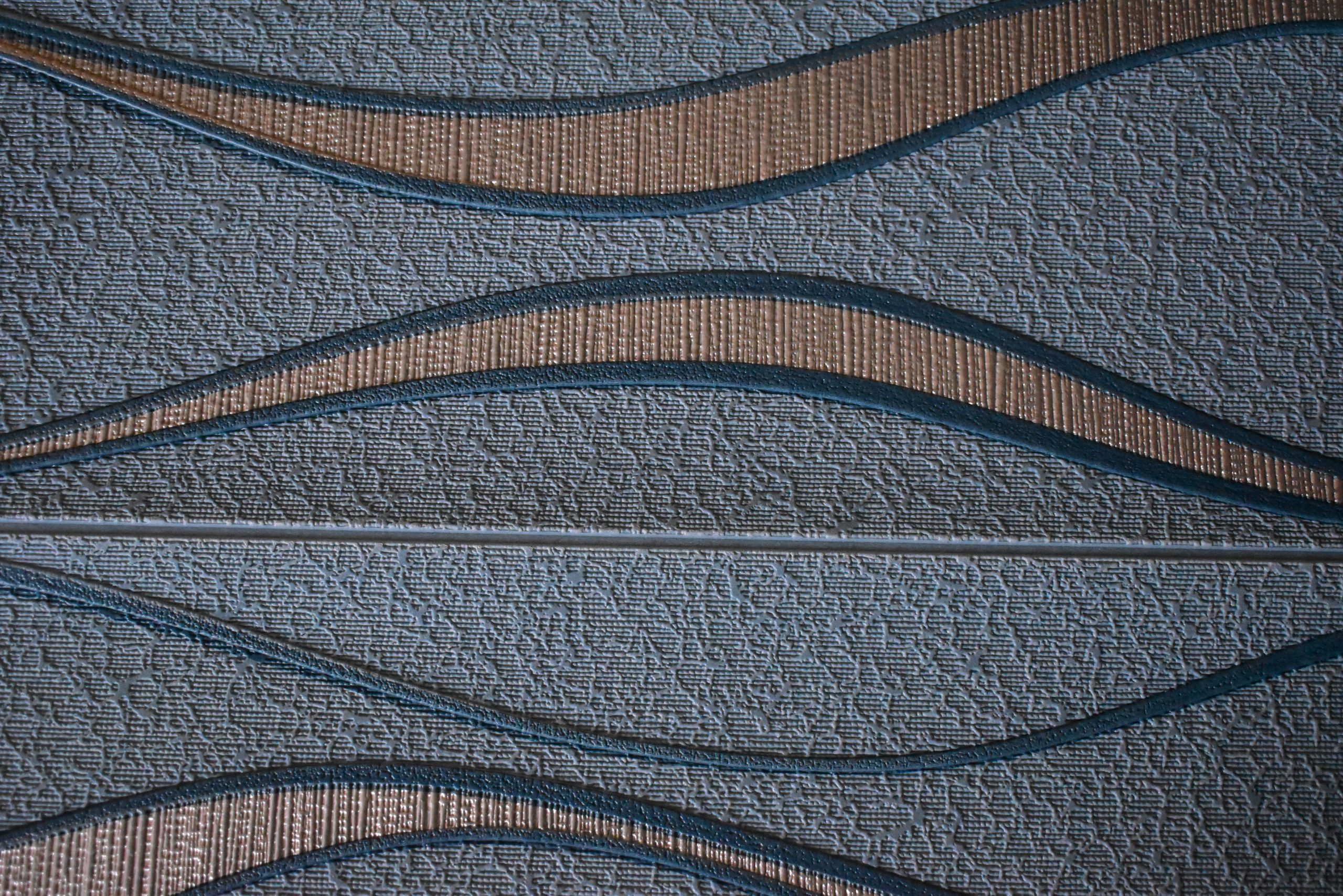
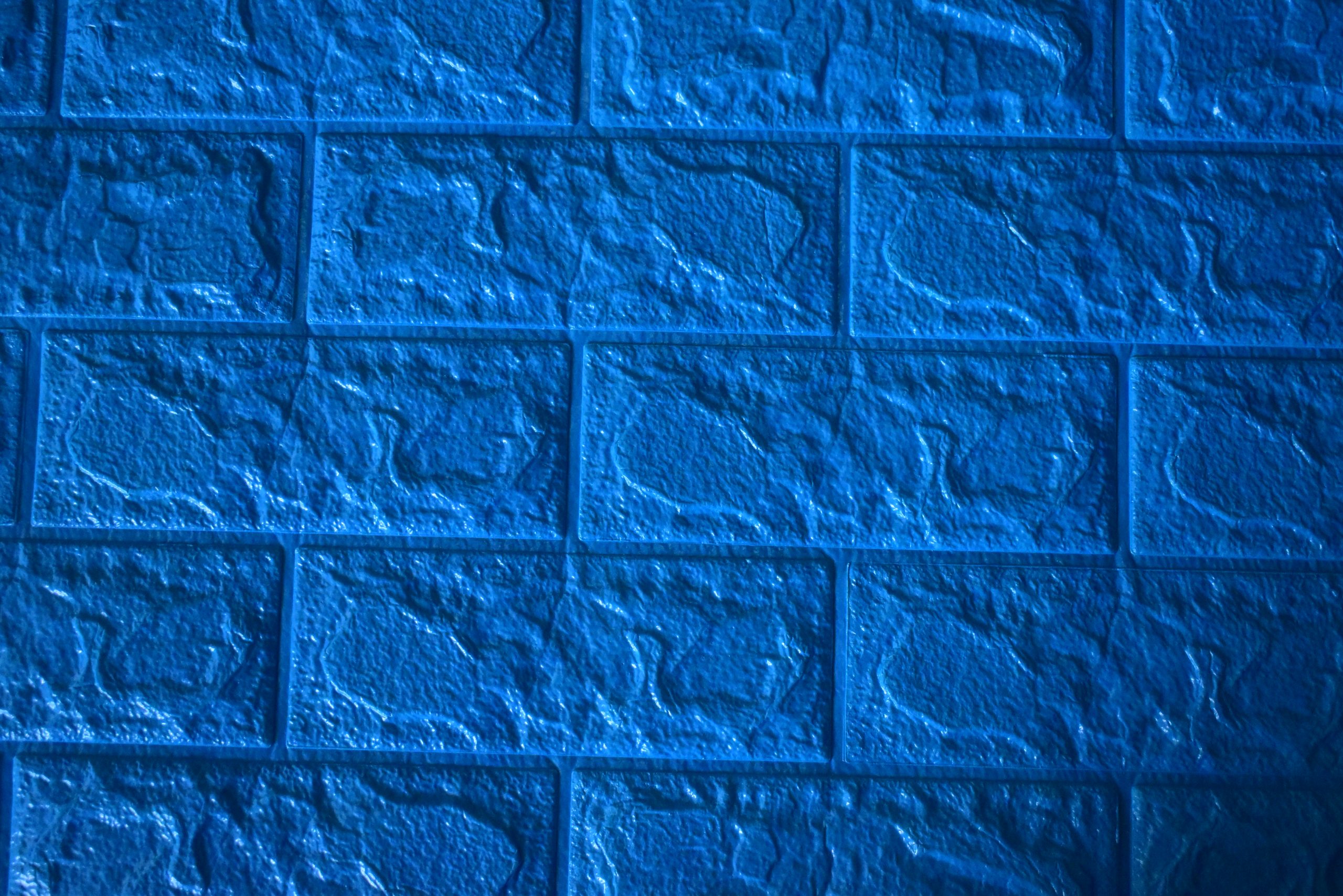
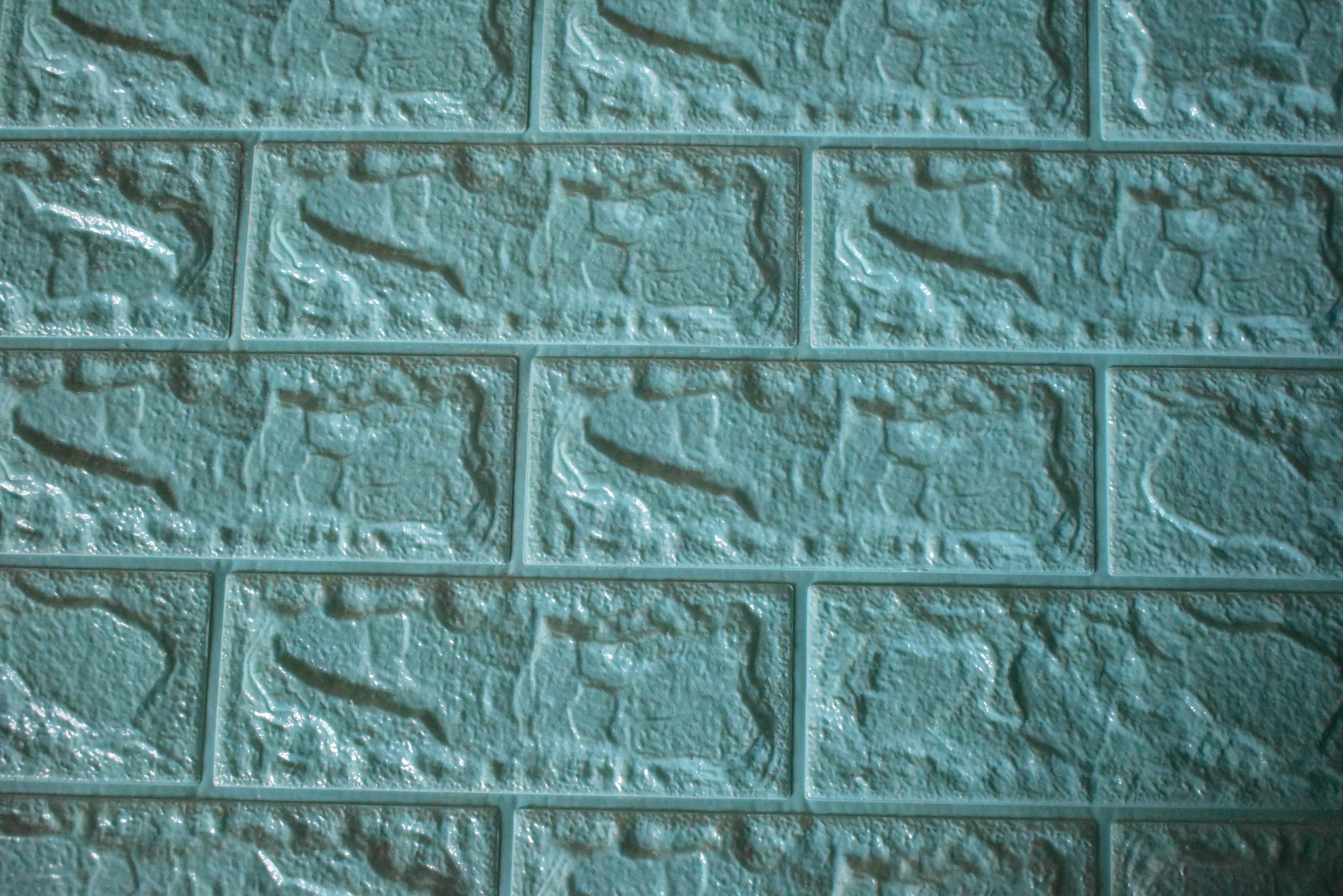
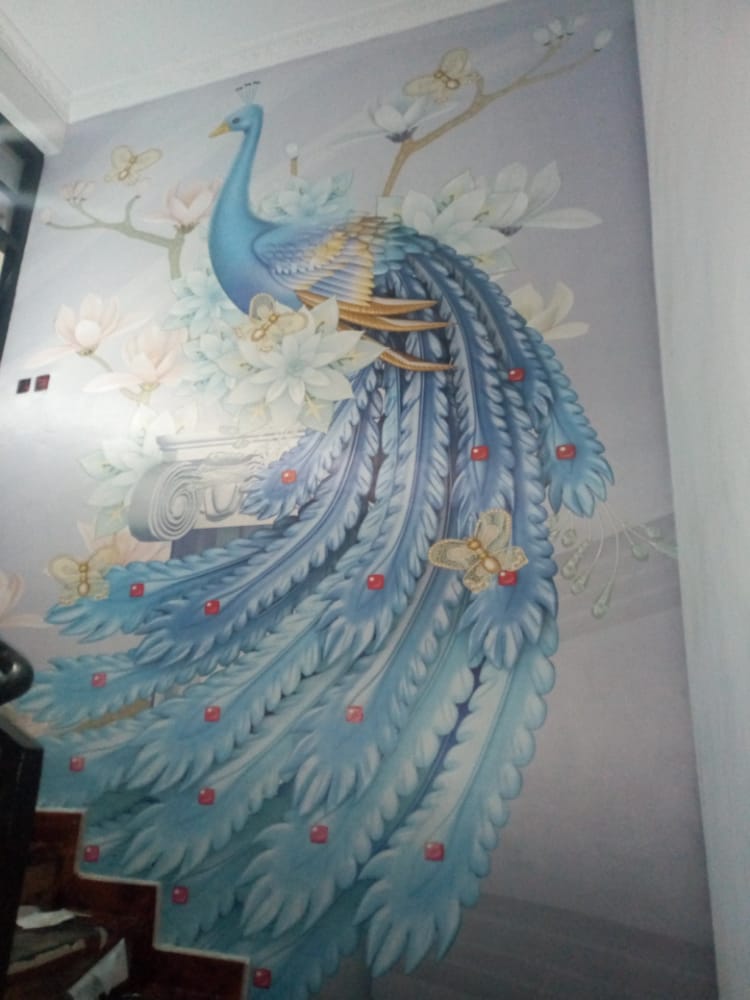
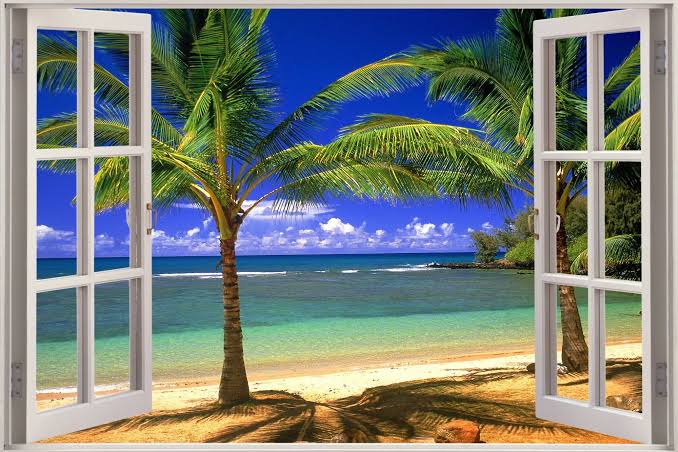
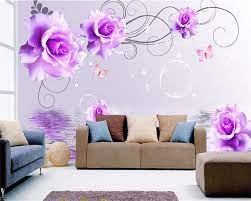
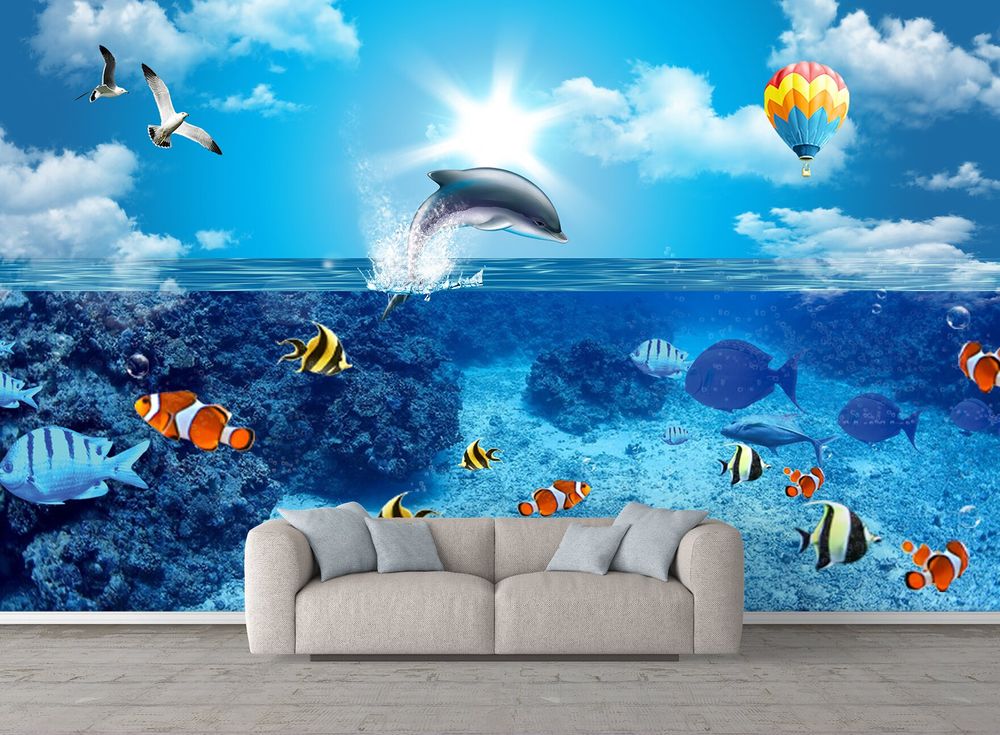
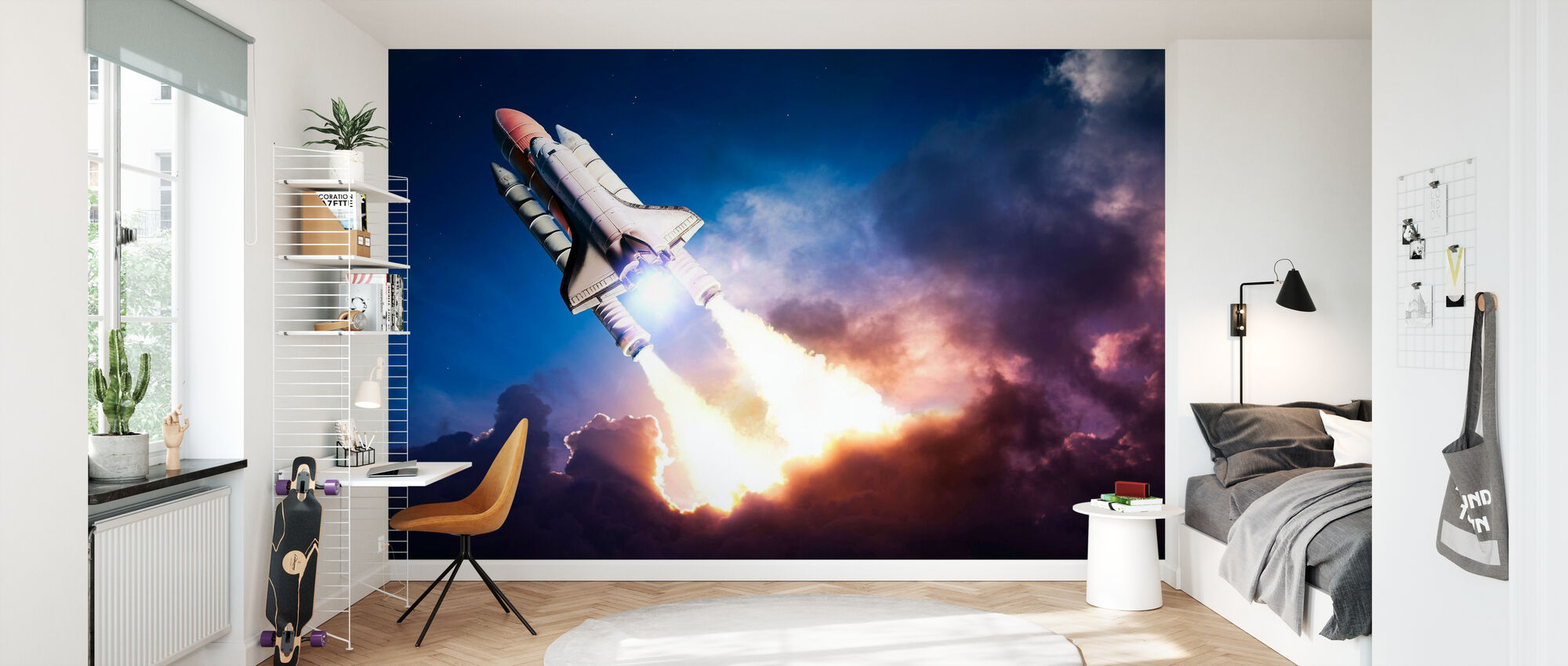

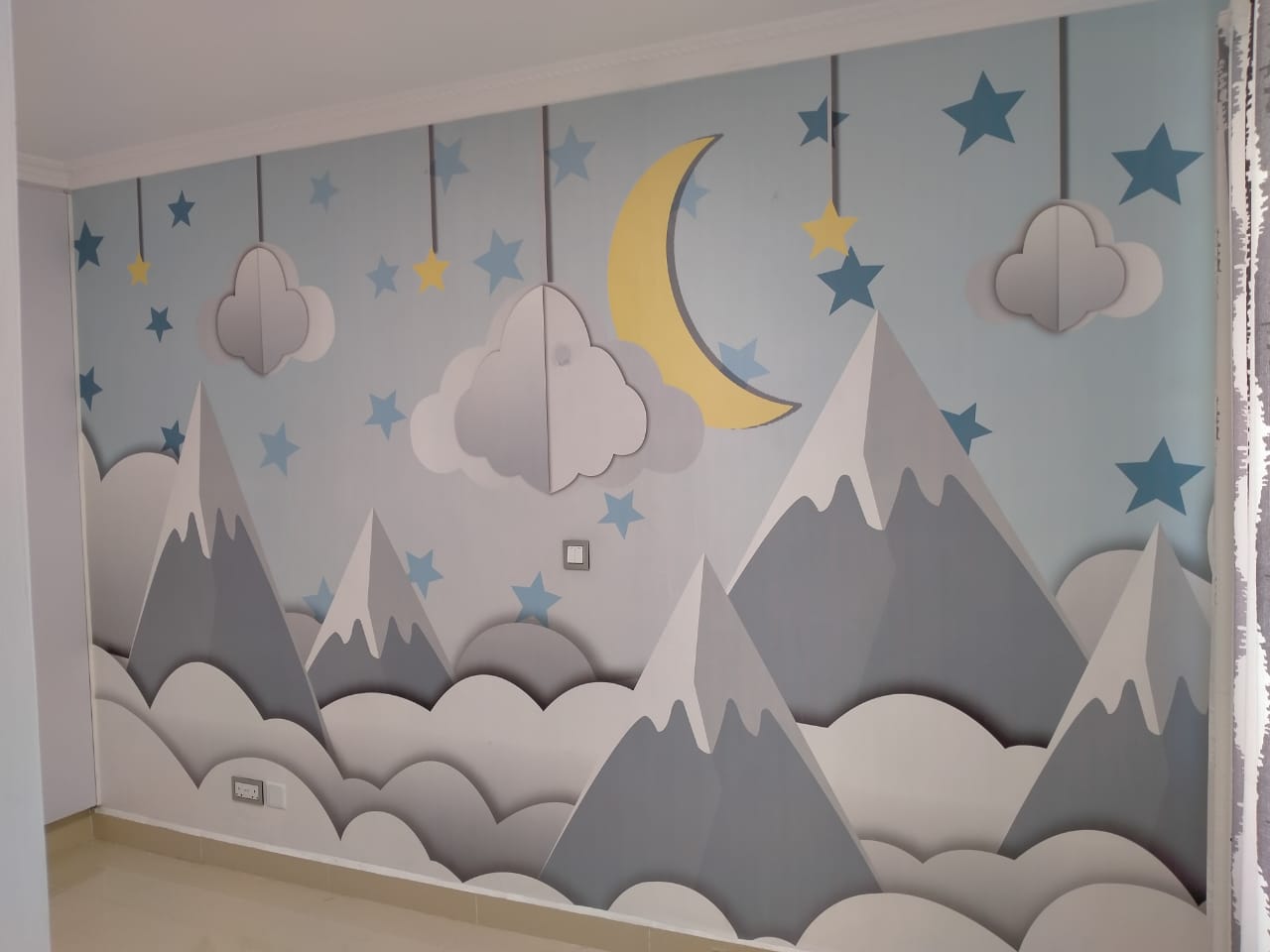

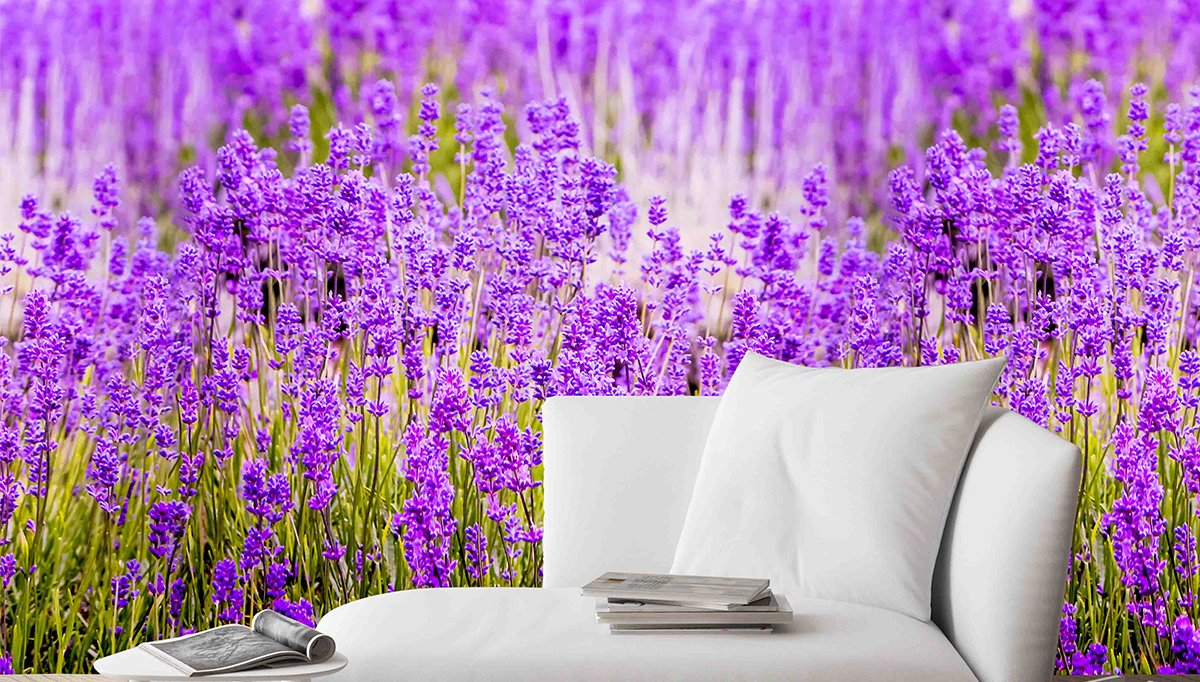
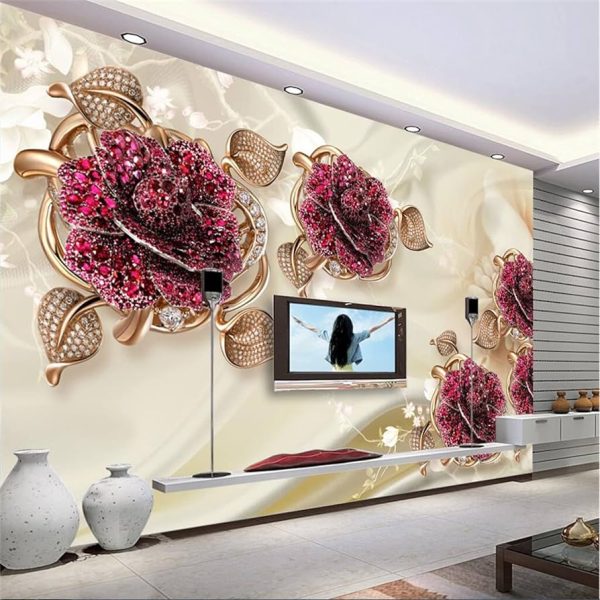
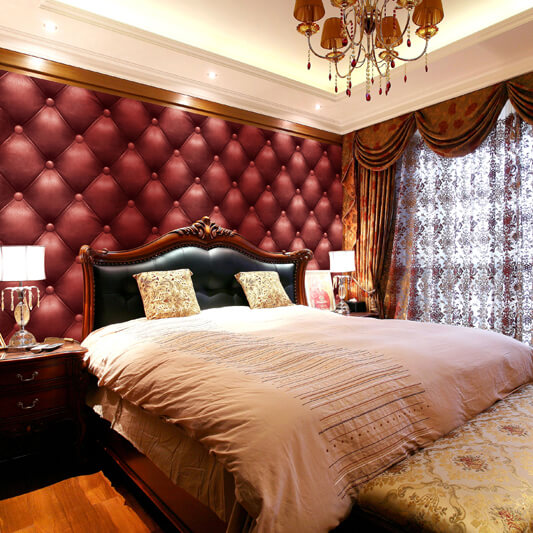
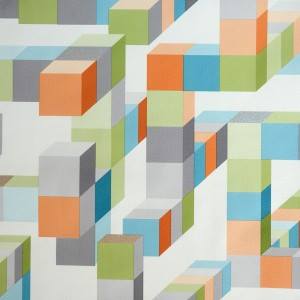
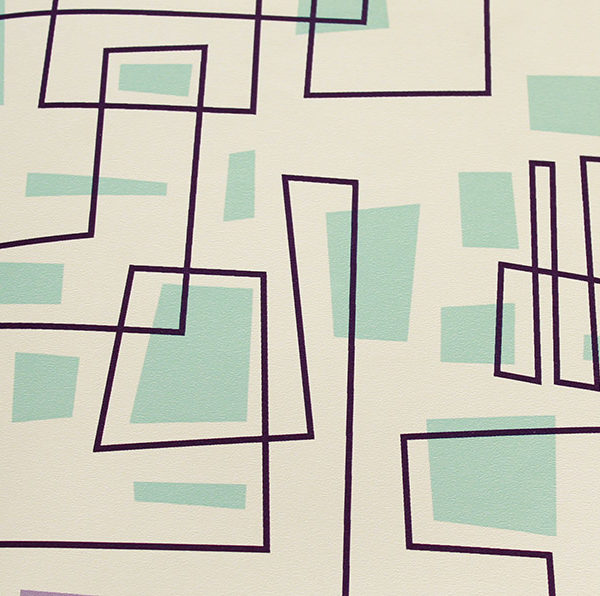
Reviews
There are no reviews yet.